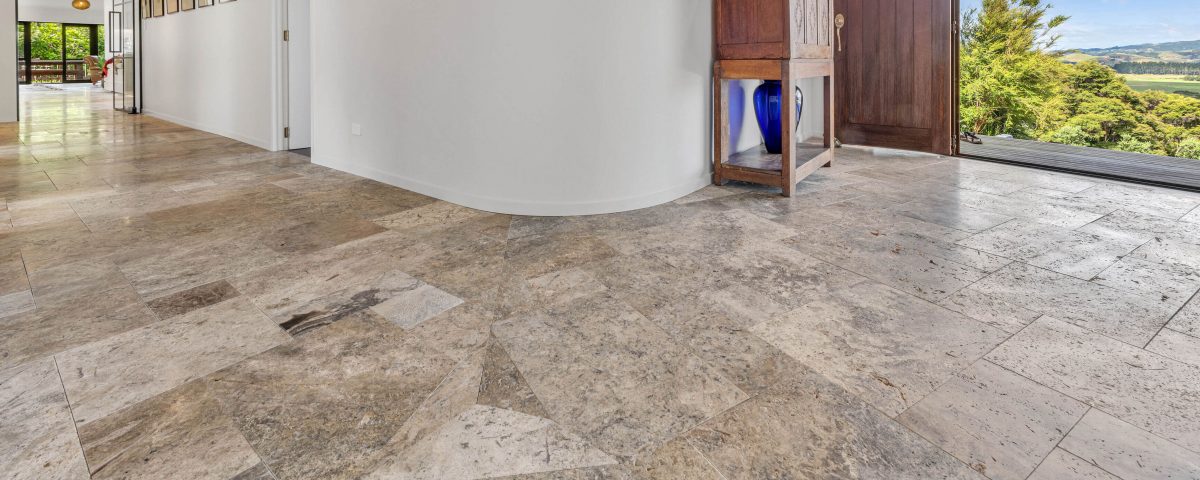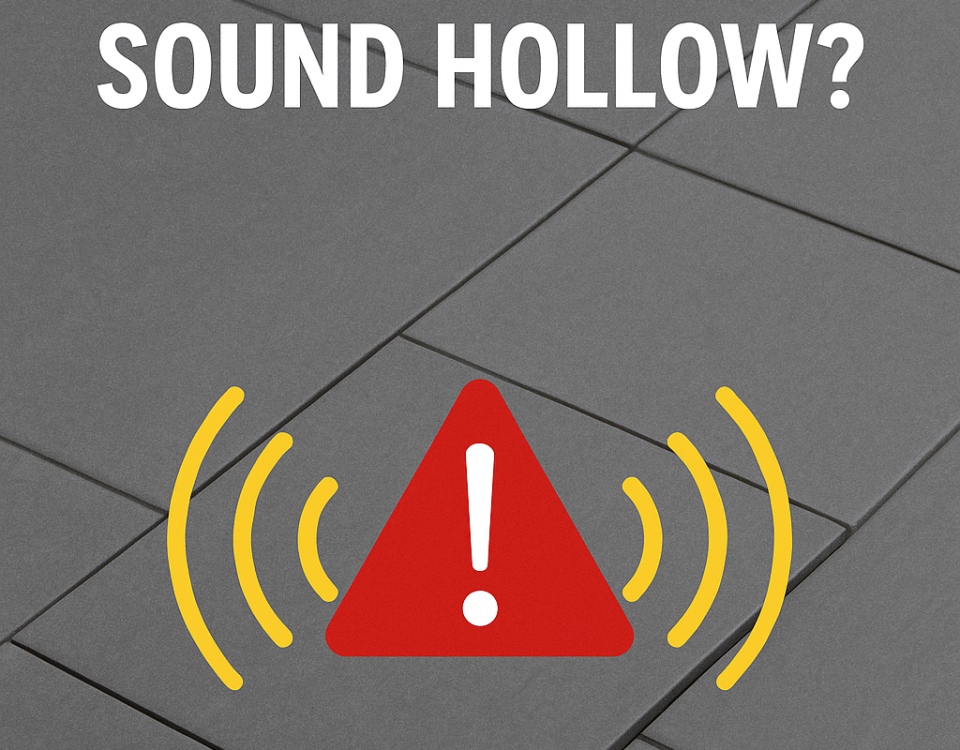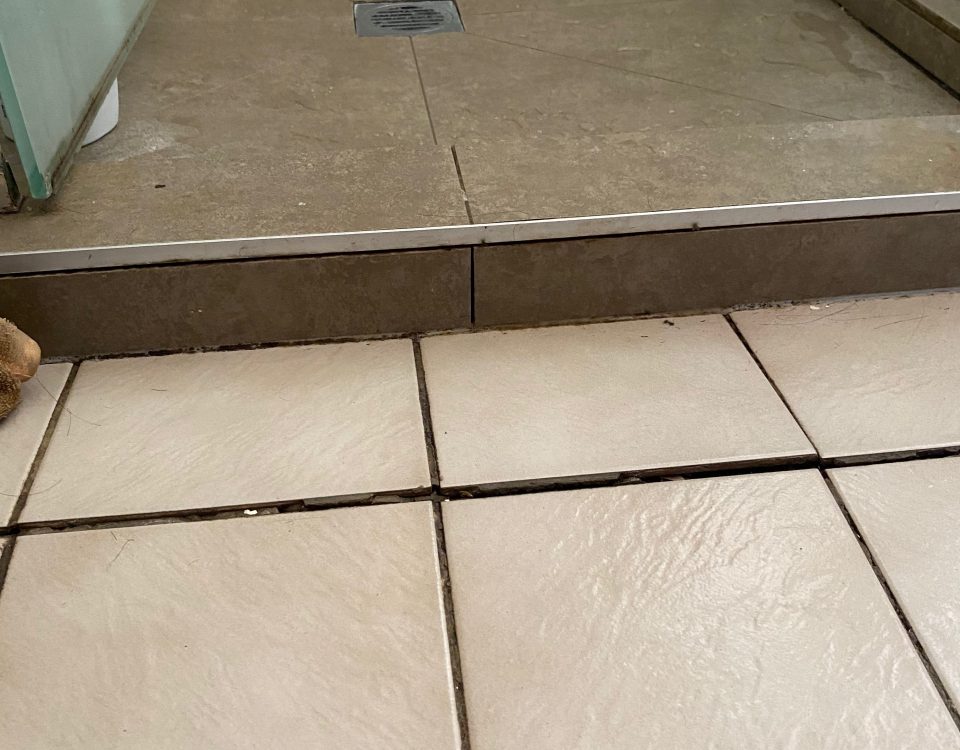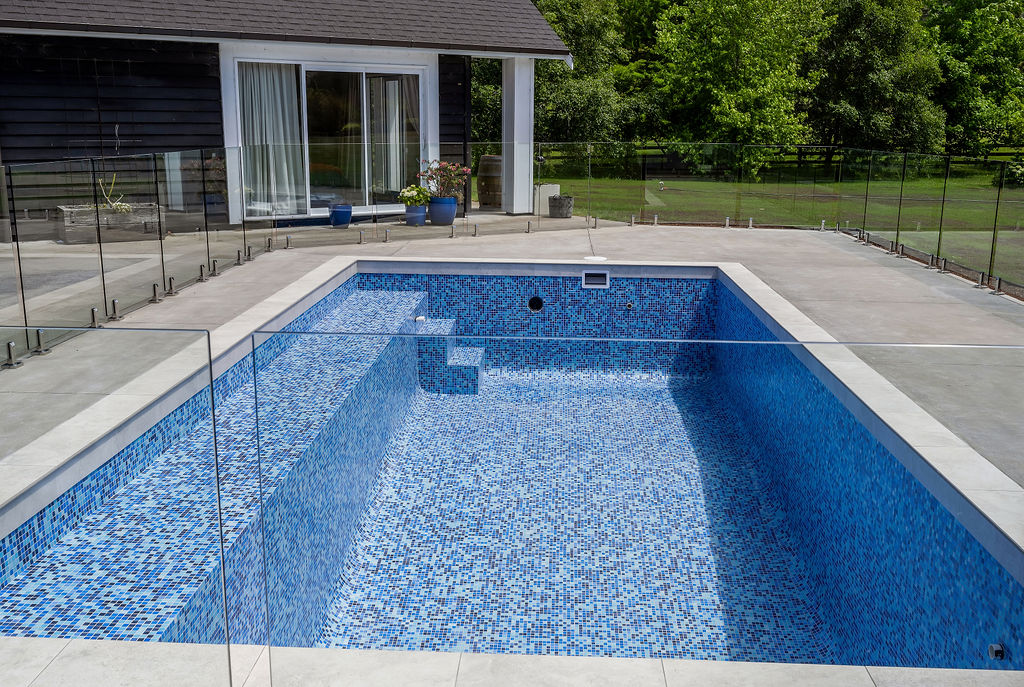
Tiling Your Pool – What to Know
January 8, 2025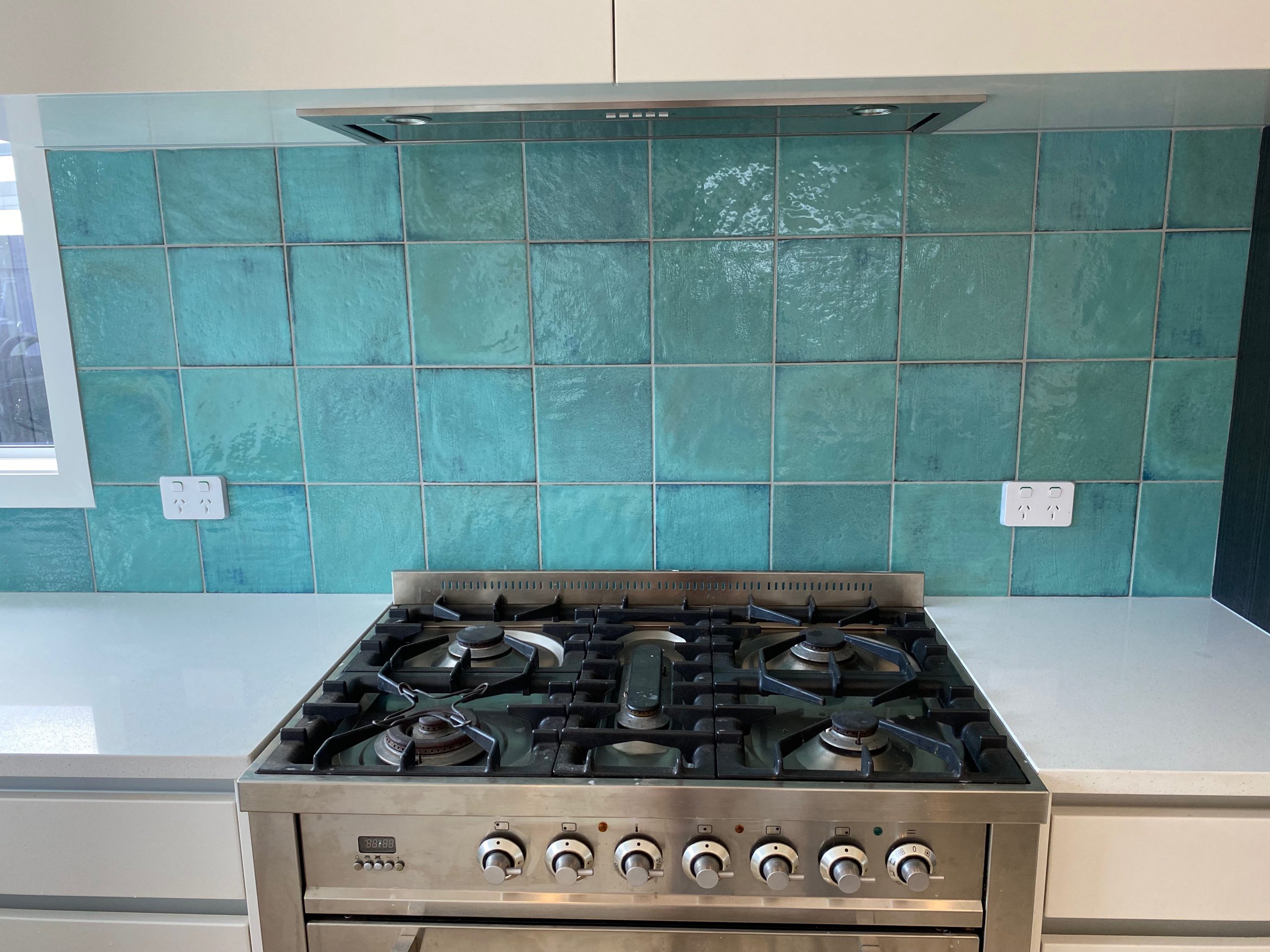
Tiler Best Practices – The Checklist We Follow
January 22, 2025Tiling over existing tiles can be a cost-effective and efficient way to update your space without removing old materials. However, in New Zealand, whether or not building consent is required depends on the specifics of the project. Here’s a guide to help you determine if consent is necessary and how to ensure the job is done correctly.
When Building Consent Is Not Needed
Building consent is typically not required if:
- The Existing Tiles Are Sound and Non-Leaking
If the current tiles are in good condition, firmly adhered, and show no signs of leaks or structural issues, tiling over them is generally considered a minor alteration that doesn’t require consent.
- No Structural Changes Are Made
If you’re not altering the floor or wall structure beneath the tiles, the project may fall under the category of general maintenance.
- The Work Meets the Building Code
Even if consent isn’t needed, the work must still comply with the New Zealand Building Code, particularly for wet areas like bathrooms and kitchens.
- The Existing Waterproofing Is Intact
If the existing waterproofing layer is undamaged and will remain effective after tiling, consent is less likely to be required.
When Building Consent Might Be Required
You may need building consent if:
- The Existing Tiles Are Known to Leak
If there are leaks, cracks, or signs of water damage, the underlying structure may be compromised, requiring repairs that trigger consent.
- The Existing Waterproofing Is Damaged or Uncertain
If you cannot verify the condition of the waterproofing layer beneath the existing tiles, it may be safer to remove the tiles and redo the waterproofing to ensure compliance.
- The Project Involves a Wet Area
Bathrooms, kitchens, and laundries have stricter requirements for waterproofing and drainage. Any alterations in these areas may necessitate consent to ensure compliance with the Building Code.
- Structural Modifications Are Involved
If tiling over the existing surface requires reinforcing the substrate or making structural changes, consent is likely required.
- The Floor Load Increases Significantly
Adding a new layer of tiles increases the load on the floor, which could impact the structural integrity in some cases. For example, lightweight timber floors may require assessment.
Best Practices for Tiling Over Existing Tiles
Even if building consent is not required, following best practices ensures a durable and safe result:
- Assess the Condition of Existing Tiles
Inspect for loose, cracked, or uneven tiles. Replace or repair these before proceeding.
- Check Waterproofing Integrity
Confirm that the waterproofing layer beneath the existing tiles is intact, especially in wet areas. Consider redoing the waterproofing if there is any doubt.
- Prepare the Surface Properly
Clean the tiles thoroughly to remove grease, grime, or residue. Use a bonding primer to ensure the new tile adhesive adheres effectively.
- Use Suitable Adhesives
Choose an adhesive designed for tiling over tiles. These are typically high-strength and flexible to accommodate any movement.
- Ensure Proper Drainage
Maintain proper slope toward drains to avoid pooling water, especially in wet areas.
- Consult a Professional
Engage a professional tiler to evaluate the existing surface and confirm the feasibility of tiling over it.
Conclusion
Tiling over existing tiles can be a practical solution, but it’s essential to assess the project’s specifics to determine whether building consent is required. If you’re unsure about the condition of the existing tiles or waterproofing, it’s always best to consult with a professional. By following best practices and ensuring compliance with the Building Code, you can achieve a long-lasting and beautiful result without unnecessary complications.
If you have questions or need professional advice for your tiling project, contact Ray Tiling for expert guidance and quality service. We are the highest rated tiling services in Auckland!

